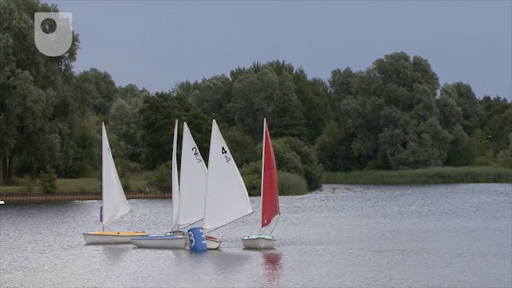Week 7: Wave energy
Introduction
The possibility of extracting energy from ocean waves has intrigued people for centuries, but it was only in the latter half of the twentieth century that viable schemes began to emerge.
This week we will be looking at the physical processes involved in wave energy, what resources are available, and what technologies can be used to harness this energy. We’ll also cover its economics and how wave power could be integrated into electricity grids.
You’ll start by looking at the physical principles of wave energy.

Transcript
The Earth’s winds are caused when different regions of the atmosphere are heated by the Sun to different temperatures causing pressure differences that result in the movement of air. Wind energy has been used for thousands of years, in sailing ships and in windmills for pumping water or grinding corn.
This week we look at modern wind turbines at the atmospheric and aerodynamic processes that power them and at ways of calculating the power and energy they produce. We also look at their environmental impact, the economics and the future prospects of wind technology.
Attempts to generate electricity from wind have been made since the late 19th century but it was only around the 1980’s that the technology began to mature.
Between the early 1980’s and the late 2000’s the costs of wind turbines fell steadily and the power of typical machines increased significantly. Now on reasonably windy and accessible sites wind turbines are one of the most cost effective methods of electricity generation.
Wind turbines are increasingly being deployed offshore where wind speeds are generally higher and planning constraints less demanding. Here the technically accessible wind resources are massively increased. Of course offshore wind involves significant additional technical challenges and the cost of generation is higher.
The reason developments in wind energy technology have made it one of the fastest growing renewable energy sources worldwide, a total of 318 gigawatts of wind power had been installed by the end of 2013. An increase of 10% on the previous year.
We conclude this week with a look at recent developments in wind technology and a discussion of the contribution that wind might make to the needs of the EU and globally by 2050.
By the end of this week, you will be able to:
- describe at an introductory level the physical characteristics of ocean waves and the basic physical principles underlying the conversion of energy from waves into useful power
- compare the essential features of various fixed, tethered and floating devices that have been developed or proposed for harnessing power from ocean waves
- understand at a basic level the order of magnitude of the natural wave energy resource available to Britain and elsewhere
- describe at an introductory level the potential economic and environmental costs and benefits of wave power.
